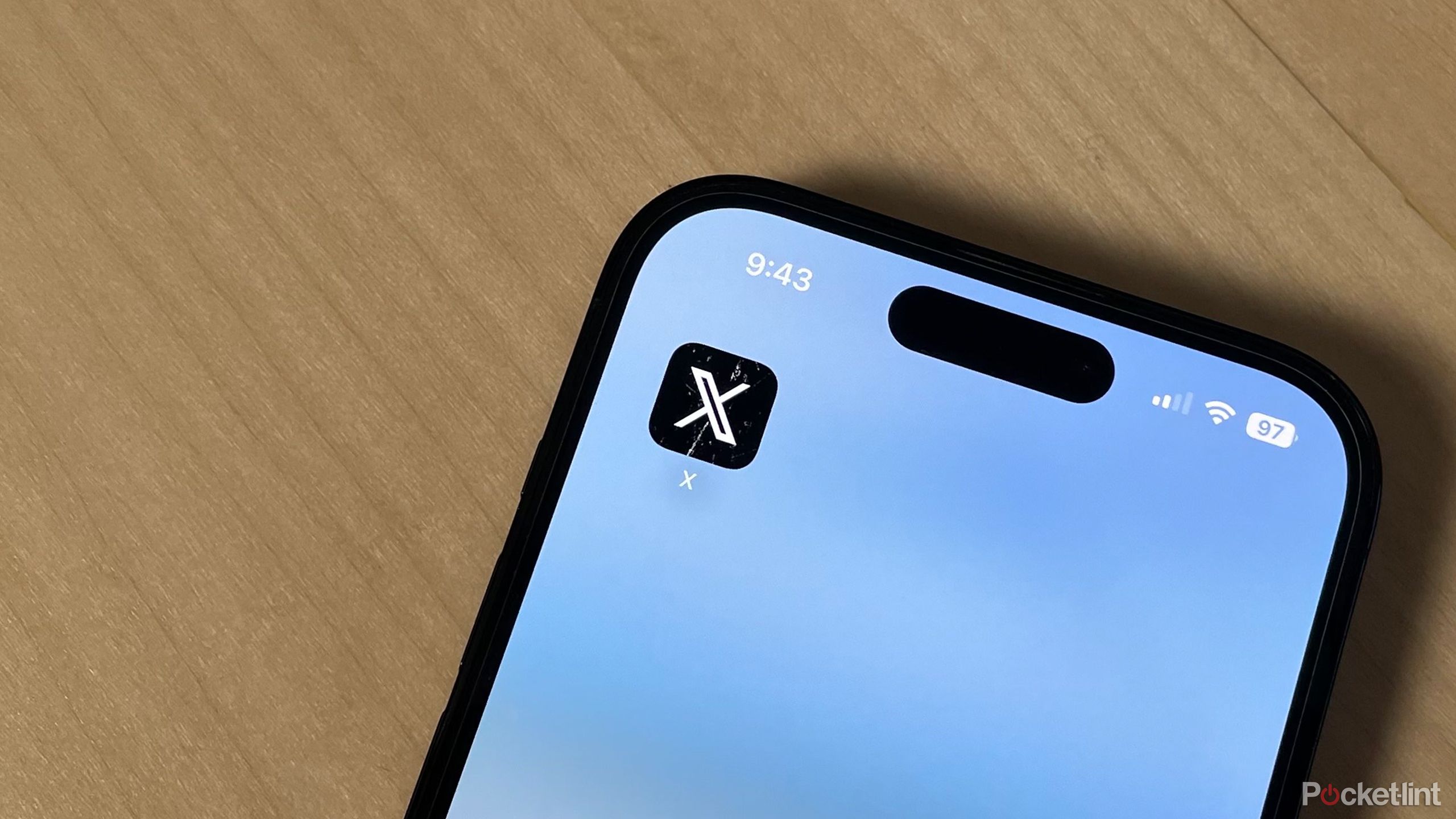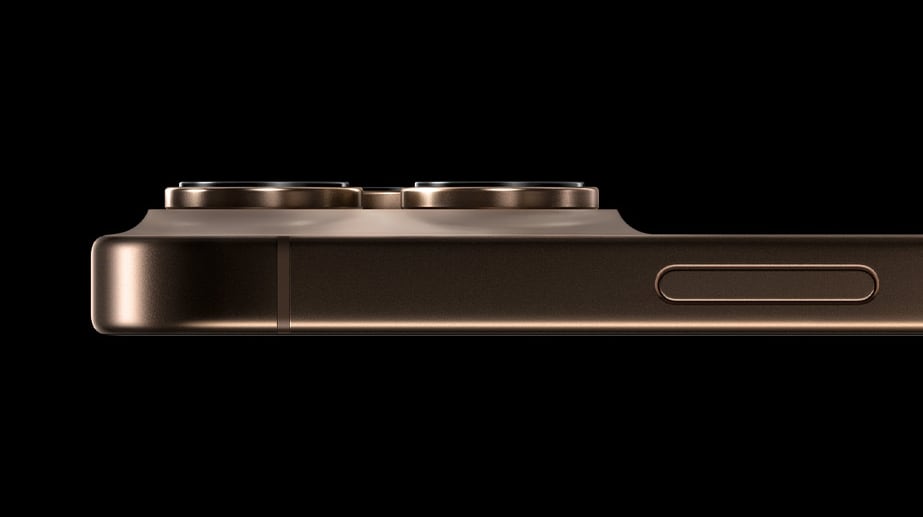Google has unveiled its vision of the future of video conferencing
Google’s plan to change the way we interact using video conferencing software has just been taken to the next level with the rollout of Project Starline to Google offices and more locations across the US.
Despite Meta’s growing success in the VR headset space, Google remains committed to holographic forms. Google says its “magic window” allows users to “talk, gesture and make eye contact with another person, life-size and in three dimensions.”
Of course, the technology and hardware required for this can be pretty costly, comprising machine learning, computational vision, spatial audio, and light field display systems, however all of these in tandem bring us the most realistic representation to date.
Google Project Starline
Google reckons that a boost in communication cues can help make meetings more efficient, saving companies time and therefore money. In its own research, it saw an average of around 40% more hand gestures, around 25% more head nods, and around 50% more eyebrow movements.
Internal testing at Google locations has proven successful, and following some visits from retail, media, and healthcare partner companies, the tech giant now hopes to roll out demos in offices other than its own. Its early access program, starting this year, will install prototypes in Salesforce, WeWork, T-Mobile, and Hackensack Meridian Health offices as the future of video conferencing takes a step closer to becoming a reality.
Beyond building and maintaining company relations, Google sees its Starline booths expanding to customer-company relations and even “just sitting down for a coffee chat”, though it’s likely to be years until this technology becomes commonplace in household environments.
Can’t wait for tomorrow’s technology? Here are the best tools for hybrid working that are available today




